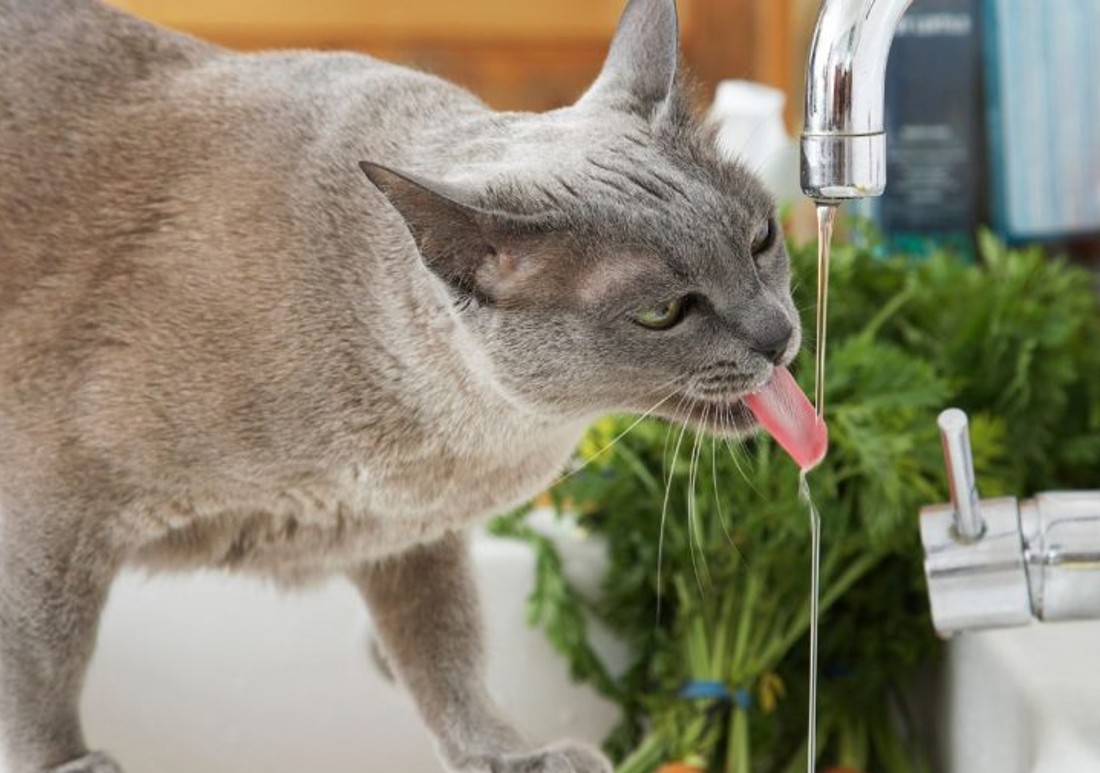How Much Water Do Cats Need? Hydration Tips for Water-Resistant Cats

Cats, enigmatic and graceful creatures, often hold their secrets close. One of these secrets lies in their seemingly mysterious relationship with water. Unlike their canine counterparts, many cats display a certain level of water resistance, raising questions about their hydration needs and habits. As devoted cat guardians, understanding the importance of water for your feline friend is paramount to ensuring their overall health and well-being. In this comprehensive guide, we delve into the intriguing world of cat hydration, unveiling the mysteries behind their water intake preferences and offering practical tips to encourage even the most water-resistant cats to drink more and thrive.
How Much Water Do Cats Need?
While cats’ water requirements can vary based on factors like age, weight, diet, and activity level, a general guideline is that they need about four to five ounces of water per five pounds of body weight each day. This means that a typical 10-pound cat should consume around seven to nine ounces of water daily. It’s crucial to remember that cats evolved from desert-dwelling ancestors and have a naturally low thirst drive. This behavior is attributed to their ancestors’ reliance on obtaining moisture from their prey.
The Challenges of Water-Resistant Cats
Many cats are known for being finicky drinkers, often showing a preference for running water or ignoring their water bowls altogether. This behavior can lead to dehydration and potential health issues if left unchecked. A common misconception is that cats can get all the moisture they need from their wet food diet. While wet food does contribute to hydration, it may not be sufficient, particularly if your cat is primarily fed dry food.
Tips to Encourage Hydration in Cats
Invest in a Cat Fountain: Many cats are drawn to running water due to their instinctual preference for moving water sources. A cat fountain can mimic the sound and movement of flowing water, making it more appealing to your cat.
Multiple Water Stations: Place multiple water bowls for cats around your home, ensuring they are easily accessible. Some cats prefer drinking in private or away from their food bowls.
Fresh and Clean Water: Cats are known for their hygiene, so make sure their water bowls are clean and free from any residues. Change the water regularly to keep it fresh.
Consider Wet Food: While wet food should not be the sole source of hydration, it can contribute to your cat’s water intake. Consult your veterinarian for recommendations on incorporating wet food into their diet.
Interactive Play and Moisture-Rich Treats: Engage your cat in interactive play sessions to increase their activity level and potentially stimulate their thirst. Additionally, consider offering moisture-rich treats, like small pieces of cooked chicken, as a tasty way to encourage water consumption.
Monitoring Your Cat’s Hydration
Regularly monitoring your cat’s hydration status is essential. Pay attention to the color of their urine – it should be pale yellow. If it’s dark or concentrated, your cat may be dehydrated. Observe their behavior for signs of lethargy, dry mouth, or sunken eyes. Any significant changes should prompt a visit to the veterinarian.
Final Note!
Cats may have an inherent aversion to water, but understanding their unique hydration needs and preferences can help you provide the best care possible. By ensuring access to clean, fresh water, introducing interactive ways to increase water intake, and staying attuned to your cat’s behavior, you’re taking proactive steps to encourage optimal hydration and overall well-being. As a cat guardian, your role in promoting hydration is a testament to your commitment to your feline friend’s health and happiness. By embracing these hydration tips, you’re embarking on a journey to provide your beloved companion with a life that’s well-hydrated and brimming with vitality.
Your Pet’s Best Interest, Always
At Pet Institute, we take pet care seriously. We're dedicated to transparency, impartiality, and the well-being of your pets in every article, review, and recommendation we provide. Our unwavering commitment to these principles ensures that you, our valued reader, always receive reliable and unbiased information. Let us be your trusted guide in the world of pet care and companionship.